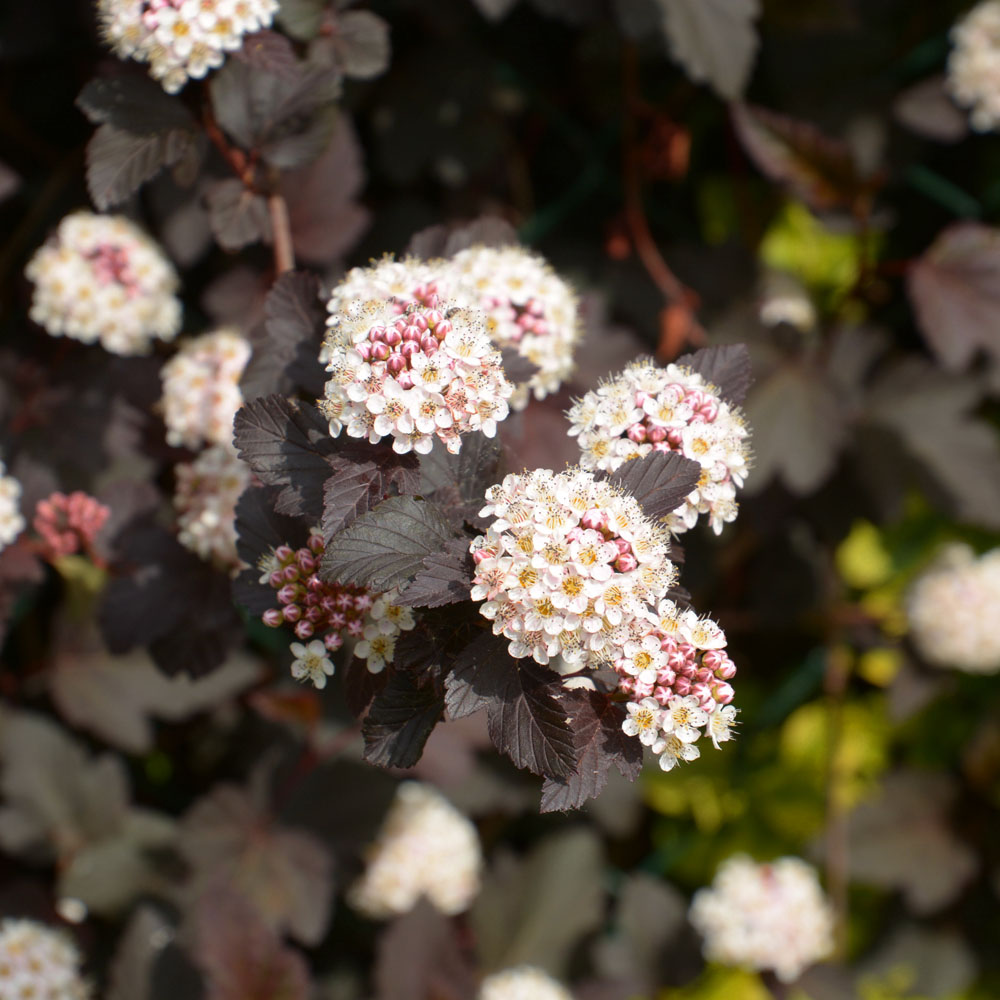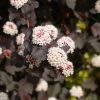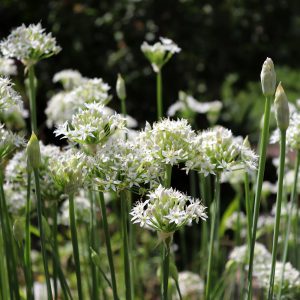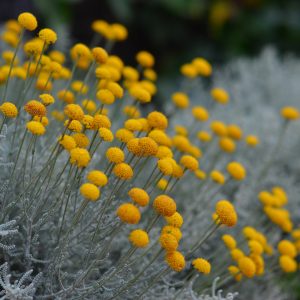Description
Physocarpus opulifolius, also known as ninebark, is a deciduous shrub native to North America. It typically grows to a height of 1.5 to 3 metres, with a similar spread, and has attractive foliage that changes color throughout the season. The leaves emerge in spring as a reddish-purple color, turn green in summer, and then change to shades of yellow, orange, and red in the fall. In late spring or early summer, the shrub produces clusters of small, white to pinkish flowers that are followed by seed pods. Ninebark is a popular landscape plant due to its hardiness, attractive foliage, and versatility. It can be used as a specimen plant, in mass plantings, or as a backdrop in mixed borders. It is also a valuable plant for erosion control and wildlife habitat. Some popular cultivars of Physocarpus opulifolius include ‘Diabolo’ with deep burgundy foliage, ‘Summer Wine’ with wine-red foliage, and ‘Dart’s Gold’ with yellow-green foliage.
Key Facts
- Common Name(s):Ninebark ‘Tiny Wine’
- Hardiness:Fully hardy
- How big will I get? Physocarpus opulifolius ‘Tiny Wine’ can grow to a height of 1.5m and a spread of 1.5m.
- Did You Know That:The common name for Physocarpus opulifolius is ninebark, which refers to the peeling bark that reveals multiple layers of different colors.
Plant Calendar
A rough guide to how this plant will change through the year.
| Jan | Feb | Mar | Apr | May | June | July | Aug | Sept | Oct | Nov | Dec | |
| Flowering Time |  
|  
|  
| |||||||||
| Foliage Colour |   |
  |
  |
  |
  |
  |
  |
  |
  |
| J | F | M | A | M | J | J | A | S | O | N | D |
 
|  
|  
| |||||||||
  |
  |
  |
  |
  |
  |
  |
  |
  |
Care Guide

Soil Requirements
Physocarpus opulifolius ‘Tiny Wine’ prefers moist but well-draining soil. This plant is not tolerant of alkaline soil, it requires either a neutral or acidic soil to grow.

Best Position
Physocarpus opulifolius ‘Tiny Wine’ can handle either an exposed or a sheltered position and can cope with either full sun or partial shade.

Maintenance
Physocarpus opulifolius ‘Tiny Wine’ should be pruned immediately after flowering. Remove any flowered stems to the next lowest bud, and remove around 20% of ageing stems at the base to keep the plant fresh.

Pest, Diseases and Wildlife
Physocarpus opulifolius ‘Tiny Wine’ is generally pest free, it can be vulnerable to certain diseases such as honey fungus. It is not considered to be toxic.





